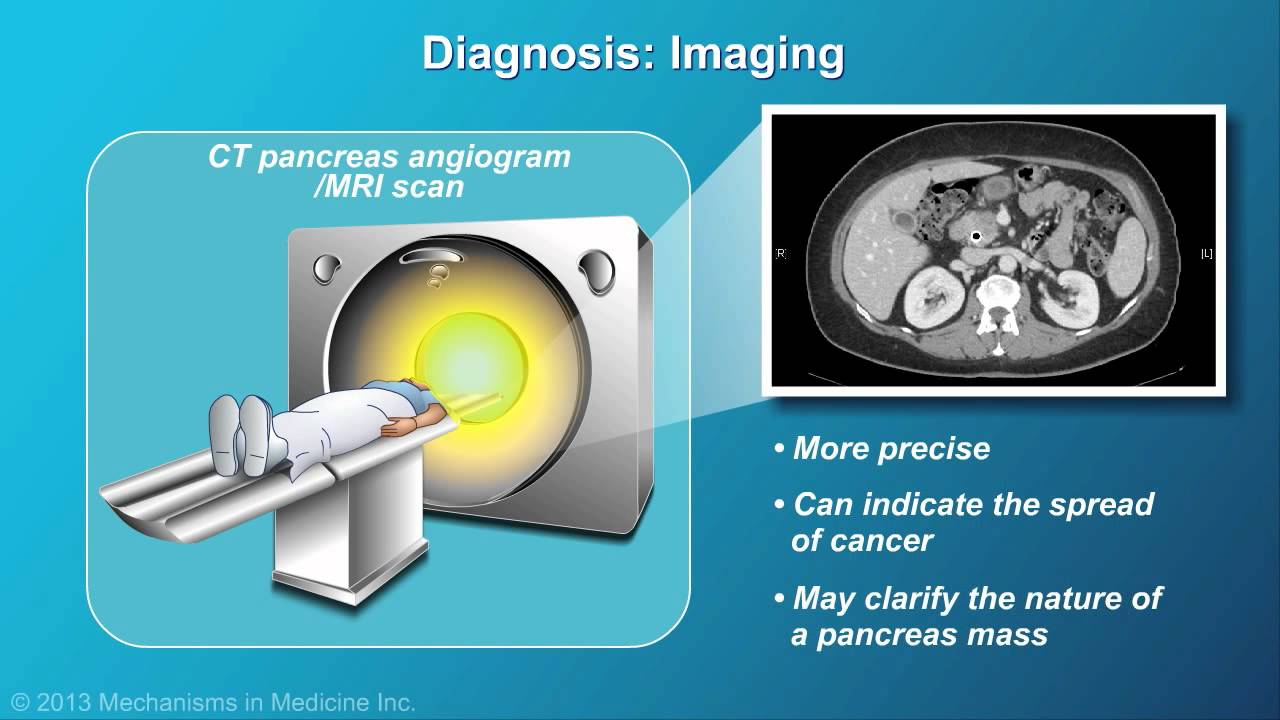What Are the Stages of Pancreatic Cancer?
On This Page: Stages Of Pancreatic Cancer
Jump To Section
What Are the Stages of Pancreatic Cancer?

Tony Subia
April 27, 2015
Staging is the process of determining how much cancer is present and whether or not it has spread, or metastasized to other parts of the body. Once an oncologist (cancer specialist) determines the stage of pancreatic cancer, it is used as a guide to establish the best course of treatment and therapy. Each stage is assigned a number between 0 and 4 based on the results of imaging studies and biopsy.
Basic Descriptions of Pancreatic Cancer Stages
Stage 0. No spread. At this early stage, it is limited to single superficial layers of cancer cells that are difficult to detect on imaging tests and rarely are even able to be seen with a naked eye even though the potential to spread still exists. This is sometimes referred to as pancreatic carcinoma “in situ.” In situ literally means “on site.”
Stage 1. A stage 1 pancreatic tumor is confined to the pancreas and hasn’t spread to other tissues and organs. Stage 1 tumors are divided into stage 1A and 1B based on the size of the tumor. Stage 1A tumors are 2 centimeters or smaller in size, about the size of a peanut or smaller, while Stage 1B tumors are at a size larger than 2 centimeters.
Stage 2. Stage 2 is frequently referred to as Local Spread. Tumors of the pancreas are characterized by spread to other tissues outside the pancreas organs or nearby lymph nodes. Stage 2A cancer has spread to local organs or tissue outside the pancreas but not to nearby lymph nodes. Stage 2B describes tumors that have invaded lymph nodes close by and may have spread to other tissues and organs as well.
Stage 3. A Stage 3 cancerous pancreatic tumor has spread to the major blood vessels or nerves that feed into the pancreas and may have spread to local lymph nodes and tissue as well but hasn’t traveled to distant organs. Once a pancreatic cancer has invaded blood vessels, surgical resection may no longer be an option.
Stage 4. At Stage 4, the most advanced stage of pancreatic cancer, the tumor has spread to distant organs like the lungs, abdominal cavity and liver. Lymph nodes and other tissues near the pancreas may also be affected. At this advanced stage, surgery is generally not an option and can only be treated with radiation and/or chemo therapy.
TNM Staging
To further characterize the extent of the disease, oncolgists sometimes use an even more descriptive classification system called TNM. T corresponds to the location and size of the tumor, as represented by the stages just discussed. N describes the degree of lymph node involvement and M refers to whether pancreatic cancer cells are found in distant organs.
N0. No regional lymph nodes are involved
N1. Lymph nodes close to the pancreas show malignant cells
M0. No evidence of metastasis or spread to distant organs
M1. Distant organs are involved
Using the TNM system, a small tumor that hasn’t spread to local lymph nodes or other organs would be classified as T1,N0,M0. As you can see, this system adds another layer of staging description. Detailed staging classification determines the best approach of treatment and best chance of fighting the cancer.
Reference Sources
National Cancer Institute. “Stages of Pancreatic Cancer”
Medscape. “Pancreatic Cancer Staging”
Related Pancreatic Cancer Information
Stages of Pancreatic Cancer Determines The Course of Treatment
Causes of Pancreatic Cancer
Pancreas Cysts: Benign, Malignant or Pre-Cancerous?
Latest Pancreatic Cancer News and Articles

